The end of the year brings with it the tradition of reflecting upon the previous year and making resolutions for the New Year. Resolutions are made based on the outcomes you would like to see in your life in the upcoming year. These resolutions essentially define the harvests you would like to see in the fields of your life.
New Year’s resolutions often get a bad rap because it would appear that many people tend to forget about them just a few weeks into the year. They oftentimes end up like many dreams in life—never getting off the ground or coming to fruition. If you truly examine what “resolution” means you will discover that by definition it is the “act of finding an answer or solution to a conflict, problem, etc.: the act of resolving something”. [1] What happens with a lot of resolutions is that people resolve to do something but fail to “find an answer or solution” [2] to achieving that very thing.
In other words resolutions often fail because solutions are not found to achieve them. If you look at resolutions as harvests that you want to see in your life, you see that the resolutions themselves define the fields you want to yield a harvest in. And as you well know—the crop that is harvested is determined by the seeds that are planted. Just like the harvest, resolutions need care and tending in order to grow. A good and abundant harvest requires a lot of hard work to cultivate the seeds that are planted. But first the seeds have to be planted!
So how do you do things differently this year? How do you come to the end of 2015 and celebrate an abundant harvest?
- The key is to actually put the work into our resolutions.
- Find the answer on how to bring about the result.
- Plant seeds of doing in order to reap the harvest.
- Turn the resolution into a goal with specific measurable results–make it S.M.A.R.T.
- Determine the time in which the resolution comes to harvest.
How to harvest a S.M.A.R.T. goal:
- Specific–What harvest do you want to yield? Know the specific crop you want to grow in order to plant the right seeds.
- Measurable–How will you know that the seeds you planted are growing? Know the specific milestones needed to cultivate your harvest and measure the growth.
- Achievable–Can you grow this crop in your field? Know what you can grow in your field and what will grow well in your field.
- Relevant–Is this the crop you want growing in your field? Know what needs to grow in your field in order to nourish your life or business.
- Time-bound–How long will it take to grow this particular crop? Know when the harvest will be and use this deadline to plan accordingly.
What harvests would you like to see in your life in 2015?
Until we meet again, may God hold you in the palm of His hand.
~An Old Irish Blessing
Marian (McCoy) Boveri
[1] www.merriam-webster.com resolution
[2] www.merriam-webster resolve
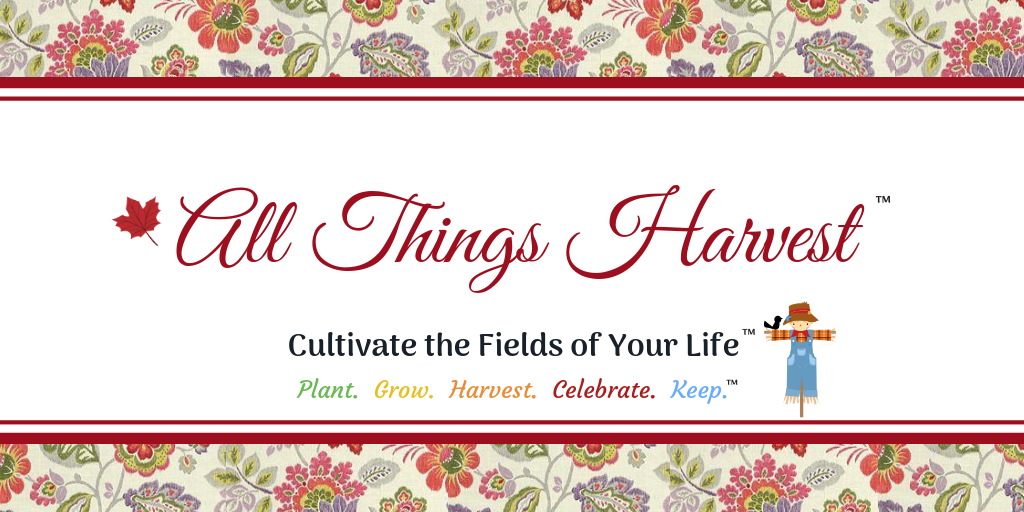





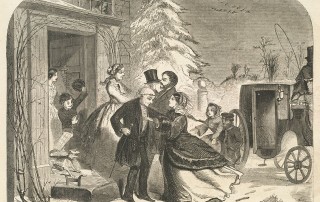




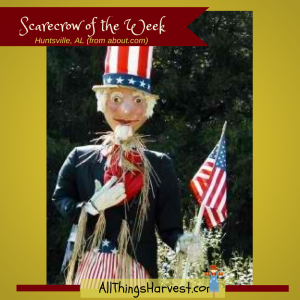
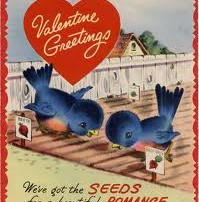
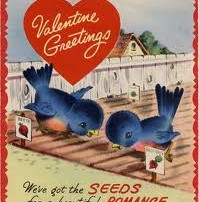
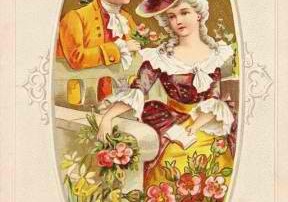

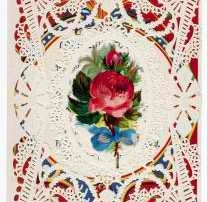


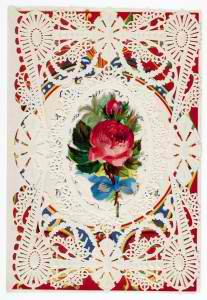
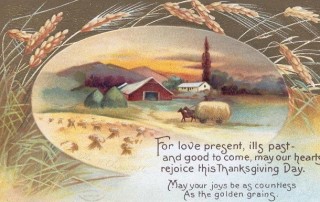
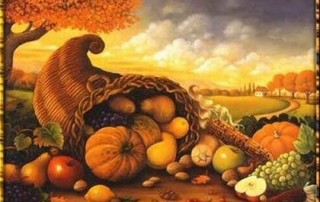
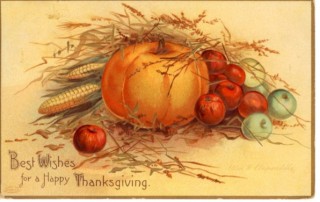
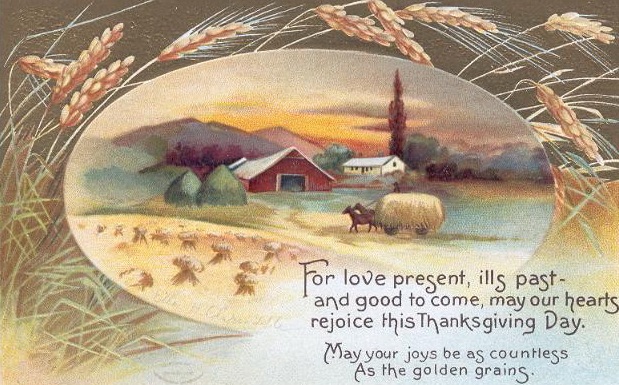
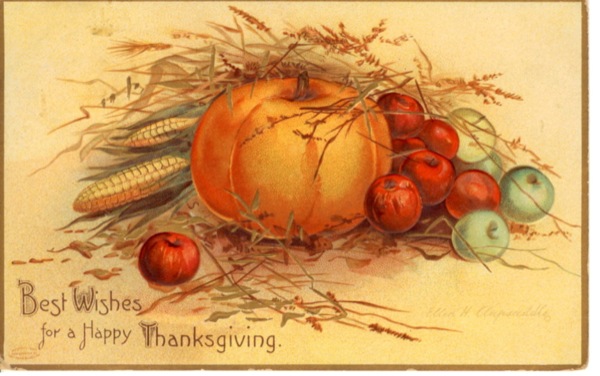


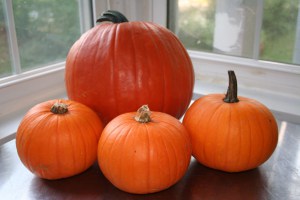

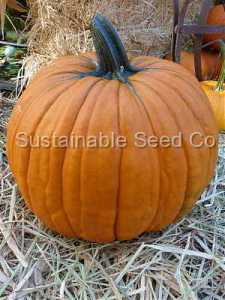
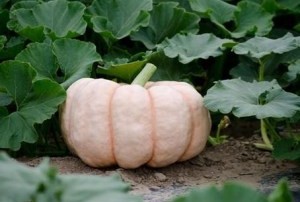
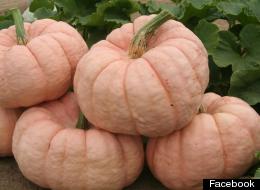

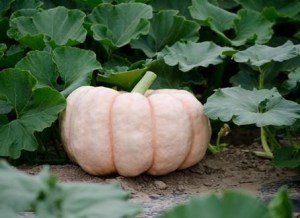


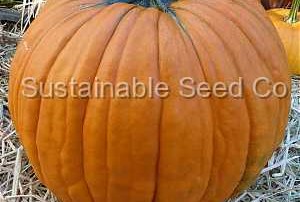
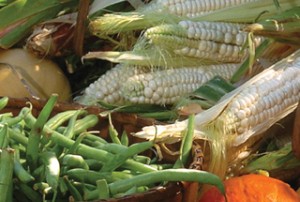
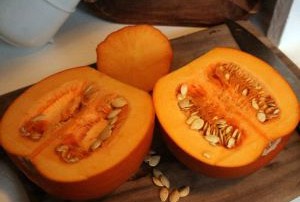
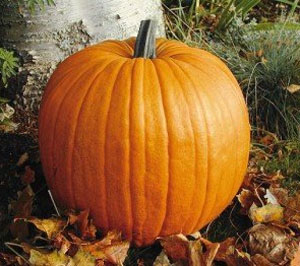
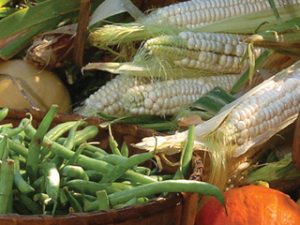
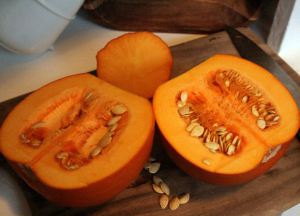
Let’s Connect
Facebook
Twitter
Google +1
LinkedIn